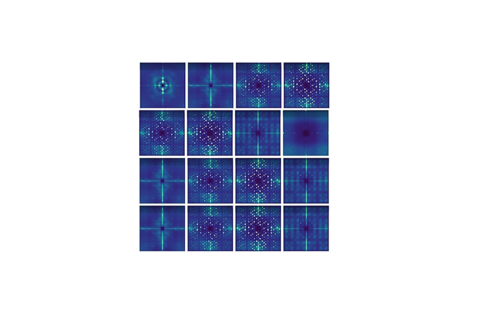Thales’s Friendly Hackers Unit Invents Metamodel to Detect AI-generated Deepfake Images
-
As part of the challenge organised by
France's Defence Innovation Agency (AID) to detect images created by today’s AI platforms, the teams at cortAIx, Thales’s AI accelerator, have developed a metamodel capable of detecting AI-generated deepfakes. - The Thales metamodel is built on an aggregation of models, each of which assigns an authenticity score to an image to determine whether it is real or fake.
- Artificially generated AI image, video and audio content is increasingly being used for the purposes of disinformation, manipulation and identity fraud.
This press release features multimedia. View the full release here: https://www.businesswire.com/news/home/20241120808818/en/

(c)Thales
AI-generated images are created using AI platforms such as Midjourney, Dall-E and Firefly. Some studies have predicted that within a few years the use of deepfakes for identity theft and fraud could cause huge financial losses. Gartner has estimated that around 20% of cyberattacks in 2023 likely included deepfake content as part of disinformation and manipulation campaigns. Their report1 highlights the growing use of deepfakes in financial fraud and advanced phishing attacks.
“Thales’s deepfake detection metamodel addresses the problem of identity fraud and morphing techniques,”2 said
The Thales metamodel uses machine learning techniques, decision trees and evaluations of the strengths and weaknesses of each model to analyse the authenticity of an image. It combines various models, including:
- The CLIP method (Contrastive Language-Image Pre-training) involves connecting image and text by learning common representations. To detect deepfakes, the CLIP method analyses images and compares them with their textual descriptions to identify inconsistencies and visual artefacts.
- The DNF (Diffusion Noise Feature) method uses current image-generation architectures (called diffusion models) to detect deepfakes. Diffusion models are based on an estimate of the amount of noise to be added to an image to cause a “hallucination”, which creates content out of nothing, and this estimate can be used in turn to detect whether an image has been generated by AI.
- The DCT (Discrete Cosine Transform) method of deepfake detection analyses the spatial frequencies of an image to spot hidden artefacts. By transforming an image from the spatial domain (pixels) to the frequency domain, DCT can detect subtle anomalies in the image structure, which occur when deepfakes are generated and are often invisible to the naked eye.
The Thales team behind the invention is part of cortAIx, the Group’s AI accelerator, which has over 600 AI researchers and engineers, 150 of whom are based at the Saclay research and technology cluster south of
In 2023, Thales demonstrated its expertise during the CAID challenge (Conference on Artificial Intelligence for Defence) organised by the French defence procurement agency (DGA), which involved finding AI training data even after it had been deleted from the system to protect confidentiality.
About Thales
Thales (Euronext Paris: HO) is a global leader in advanced technologies specialising in three business domains: Defence & Security, Aeronautics & Space and Cybersecurity & Digital Identity.
The Group develops products and solutions that help make the world safer, greener and more inclusive.
Thales invests close to €4 billion a year in Research & Development, particularly in key innovation areas such as IA, cybersecurity, quantum technologies, cloud technologies and 6G.
Thales has 81,000 employees in 68 countries. In 2023, the Group generated sales of €18.4 billion.
PLEASE VISIT
Developing AI systems we can all trust |
1 2023 Gartner Report on Emerging Cybersecurity Risks.
2 Morphing involves gradually changing one face into another in successive stages by modifying visual features to create a realistic image combining elements of both faces. The final result looks like a mix of the two original appearances.
View source version on businesswire.com: https://www.businesswire.com/news/home/20241120808818/en/
Thales PR Manager
Marion.bonnet@thalesgroup.com
+33660384892
Source: Thales
